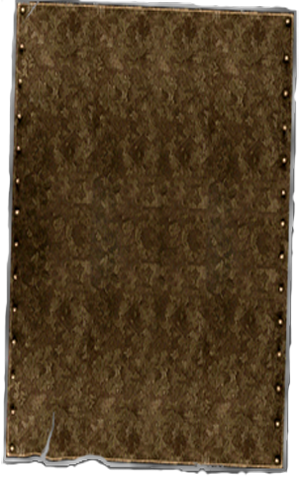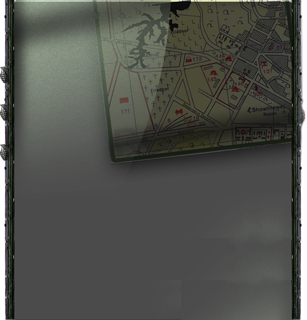







In many ways, we ask the cadets to engage in
what Kenneth Bruffee (1999) referred to as peer tutoring, though
in this case, the product created by the coauthoring of the cadet and soldier
is a symbiotic construct rather than merely a soldier's work edited by a
cadet. In this case "symbiotic" means that the finished story will
be a cooperative effort made by both the cadet and author; the soldier provides
the story and the cadet an editorial ear.
Taking the principles from Bruffee's book and applying them to the project
in no way reveals ignorance to the differences between them. Bruffee's subjects
are typically older students or graduate students helping younger students
or undergrads. With this project, the soldiers presenting their stories are
usually older than the cadets reading them and, in many cases, better suited
to provide editing than to receive it from first-year college students. And
yet the principles discussed in Bruffee's chapter concerning "Peer Tutoring" and
the results students receive from such an endeavor are enticingly conducive
to what this project offers.
First, Bruffee (1999) emphasized that "the educational effects of peer tutoring depend on the degree to which tutors and their tutees are real peers" (p. 95). In this case, please substitute "tutors" with cadets and "tutees" with soldiers, though we have already claimed that this ought not to be the implied relationship. What is important to our understanding of the relationship, and what must inevitably be communicated to the parties involved, is the issue Bruffee (1999) went on to explain:
Students involved—peer tutor and tutee alike—believe that they both bring an important measure of ability, expertise, and information to the encounter and, second, that all the students involved believe that, as students, they are unequivocally institutional status-equals. (p. 95)
Whether a soldier is an officer, a noncommissioned officer, junior enlisted personnel, or cadet, they are equally titled "soldiers." The cadets learn this principle quickly by dealing with soldiers outside their academic world as peers who possess the expertise and experience regarding a subject the cadets will one day hold near and dear. What the cadets bring to the encounter is the value of a reader to an author, an ear to a confessing mouth, and a heart to feel what another shares.
Telling War Stories Project Pre-OPs/Unit Cohesion: Collaboration – 2